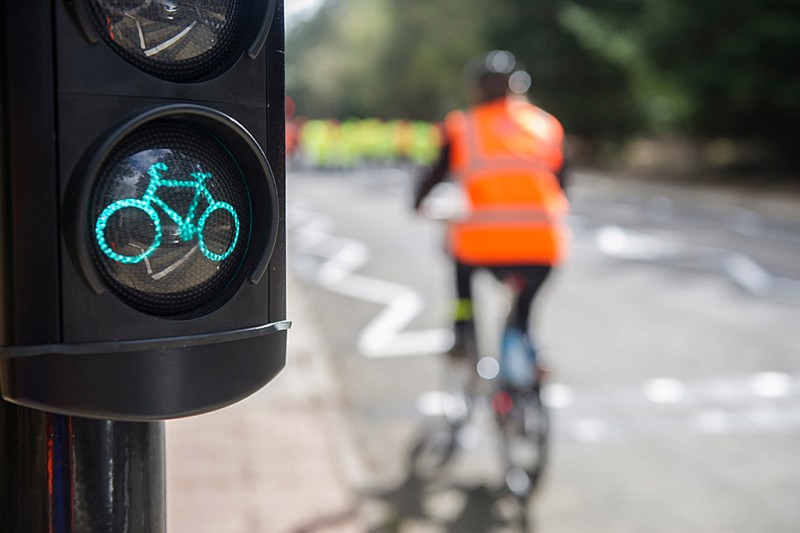The Department for Transport has published a ‘door to door action plan’ for the new year, which aims to describe the governments vision for what they call ‘integrated sustainable journeys’. It sets out what they want from transport providers and what the government are doing across departments to support door to door journeys.
The action plan is a follow up to the original door to door strategy which the government launched in March 2013.
Transport Minister Baroness Kramer said:
“The new year is an ideal time to join the increasing numbers of people who are choosing healthy, more environmentally-friendly methods of getting to work.
Real life journeys on public transport tend to be more complicated than just a single trip on a train or three stops on the local bus. We want to make it as easy as possible for people to choose greener ways of getting between each mode of transport.
Since we launched the door to door strategy eight months ago, there have already been significant improvements to integrate public transport. This action plan highlights where progress has been made but there is still more to be done.”
The government is keen to point out their successes since implementing the door to door strategy, including two new state-of-the-art bus interchanges at Rochdale and Mansfield after an investment of £14 million.
Cycle to rail journeys have increased from a reasonable 14 million people in 2009 to now being over 39 million – a significant increase the government attributes to investments in more cycle facilities at railway stations and doubling cycle parking spaces at stations, rather than an increase in fuel and car parking charges though in truth all are likely to have contributed.
With more people cycling on the roads than ever before, the government is attempting to update cycle safety, in particular within metropolitan areas such as London. As such, a £94 million pound fund is being made available to tackle safety in 8 cities around the country and four national parks plus an addition £35 million towards safety projects specifically.
Cycle safety became the hot topic toward the latter part of 2013, with London experiencing mass demonstrations due to several cyclists deaths within the capital happening in quick succession. The Prime Minister announced plans for ‘cycle proofing’ roads so that all new trunk roads and improvement schemes will be designed with cyclists and motorists equally in mind.
More recently, in the run up towards the festive period, the Department for Transport approved the use of new low-level traffic lights (pictured above), designed for cyclists to be better able to see traffic lights status since they tend to be seen at different angles than from that of a motorist in a car. A large majority (80%) of cyclists preferred the low-level signals during track based trials. These new lights are at cyclists head height meaning there is more chance of them firstly noticing them, and secondly paying attention to them.
You can read both the action plan and strategy by following the links below:
- Door to door action plan PDF (published 14 March 2013)
- Door to door strategy PDF (published 31 December 2013)
Source; Department for Transport

